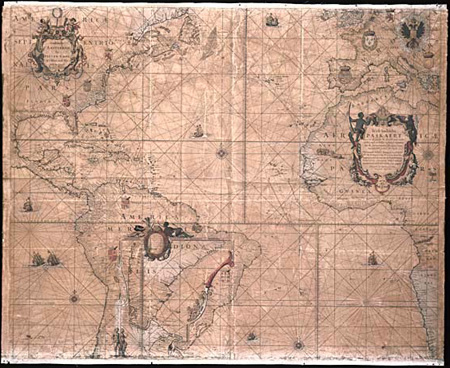The Transatlantic Slave Trade
Between 1501 and 1825 nearly 9 million Africans were captured, enslaved, and forcibly shipped to the Americas on British, Dutch, Portuguese, French, and other European ships. Most came from West Africa and West Central Africa. Colonists in the Western hemisphere needed workers for the plantations they hoped to make profitable through the production of items desired in Europe. For the British in particular, the slave trade connected closely to other merchant shipping, especially sugar, tobacco, and rice. The production of those crops required vast numbers of workers in the English colonies.
Brazil was the leading consumer of slaves, with over 40% of transported Africans being sent to this South American Country. An equal number were taken to the Caribbean. Over two million, or 26 percent, went to the British Caribbean, primarily to the sugar-growing islands. The French Caribbean colonies, which converted to sugar production later than the British, received 12 percent of the captives. Dutch and Danish colonies took another six percent. Nine percent of African captives were sold in Spanish America. Fewer than 400,000, or only four percent of transported Africans, disembarked in mainland North America.

Dutch map showing the continents surrounding the Atlantic basin (1710)




